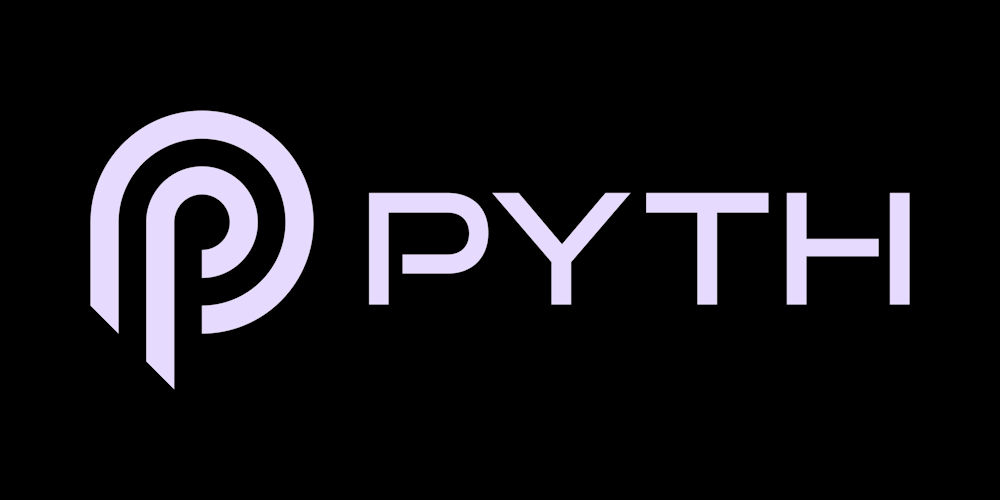Why Cardano is Attractive for Decentralized Exchanges & DeFi Solutions
In 2014, Mt Gox Exchange almost buried Bitcoin and the entire cryptocurrency industry when a devastating hack saw the loss of $400 million worth of digital assets. At that time, the cryptocurrency exchange commanded over 80 percent of BTC trading volumes. It shook the crypto world to its core, sending long-lasting reverberations. Many subsequent exchanges would learn from the exchange’s lessons even though some hacks like CoinCheck came later. This latter event took place in January 2018, with over $510 million of users’ hard-earned funds being lost.

The only difference between the CoinCheck and Mt Gox hack is that users demand more protection, even suggesting ways to replace centralized exchanges. After the hysteria of the ICOs of late December 2017 and early 2018, projects like Bancor raised millions, promising a decentralized functional exchange.
Almost all earlier versions of decentralized exchanges were fashioned to work on Ethereum, a Proof-of-Work network using an accounting model. Understandably, this was then the most practical way of resolving existing problems and Ethereum was the most active smart contracting network. Then, fees were low, and the first rudimentary DeFi dApps were being experimented.
Why Crypto Needs Decentralized Exchanges
For all the problems and security loopholes in centralized exchanges, decentralized exchanges were — and are still — needed. For one, they offer better security and are designed to extract the benefits the underlying blockchain offers fully.
Besides, unlike centralized exchanges, these portals are non-custodial, offering cheaper transactions while preserving the trader’s privacy.
Don’t forget that since users are in control of funds, they don’t have to submit personal details as enforced by centralized exchanges compliant with KYC and AML rules.
Moreover, when the developing team is competent and the code audited by a team of blockchain security professionals, the chances of a hack or rug pull are significantly diminished.
The Problem with Ethereum
Blockchain and crypto solutions are being widely accepted and things are rapidly changing as Ethereum struggles to cope.
The stiff competition for block space and the inherent incapability of the blockchain to scale — without introducing off-chain solutions — is seriously impacting user experience. Currently, a simple ETH transfer can offset a trader’s $25.
On the other hand, deploying a DeFi smart contract can easily cross the $70 mark — depending on the complexity. Combined with the constant network upgrades, decentralized exchanges depending on the community for growth can find it difficult to cope. There have been over ten enhancements since Ethereum was activated in 2014, and in most of them, users were required to upgrade, lest they lose control of their coins.
Enter Cardano
Because of these challenges, mostly centering on efficiency, transaction fees, and scaling, modern blockchains like Cardano were built from the ground up.
For starters, the lead developer, Charles Hoskinson, was one of the six original co-founders of Ethereum. Charles is known for his insistence on quality and gradual and thoroughly thought out enhancements. Cardano is his main project and has been involved since 2015.
The blockchain is the first peer-researched network specifically formed to resolve all the problems plaguing Ethereum. It is also the most valuable and energy-efficient Proof-of-Stake network meaning DEXes launching on its rails don’t have to worry about Carbon credits or whether they are retrogressive, unwinding progress made by governments towards climate change.
Why Cardano is suited for Decentralized Exchanges and DeFi Solutions
On a technical level, Cardano is designed to facilitate DeFi and DEXes for the masses. There are two layers of Cardano. The Cardano Settlement Layer (CSL) allows for ADA easy and faster movement between addresses. On the other hand, the Cardano Computational Layer (CCL) is the smart contract logic layer dictating how assets flow between addresses.
Cardano activated Alonzo in September to complete the Goguen phase, enabling smart contracting on its layer — and thus the ability of developers to deploy dApps. Additionally, the network is using the Ouroboros protocol for consensus, eliminating the chances of transaction manipulations or third-party attacks.
Since the primary purpose of a DEX like Genius Yield is to bring back trust, fairness, reliability, and security, Cardano is inherently offering drastic enhancement on throughput and security. For instance, over 73 percent of all ADA are delegated to the more than 3,000 ADA staking pools making the network the most secure staking platform. On throughput, Cardano can process 1,500 transactions every second, that’s 15X more the speed of Ethereum when operating at optimum.
Genius Yield is building what the first concentrated liquidity DEX combined with a Smart Yield optimizer leveraging the affordability and flexibility of Cardano is. This way, users enjoy better capital efficiency while liquidity providers have more control.
Delegate Your Voting Power to FEED DRep in Cardano Governance.
DRep ID: drep12ukt4ctzmtf6l5rj76cddgf3dvuy0lfz7uky08jfvgr9ugaapz4 | We are driven to register as a DRep by our deep dedication to the Cardano ecosystem and our aspiration to take an active role in its development, ensuring that its progress stays true to the principles of decentralization, security, and community empowerment.DELEGATE VOTING POWER!








